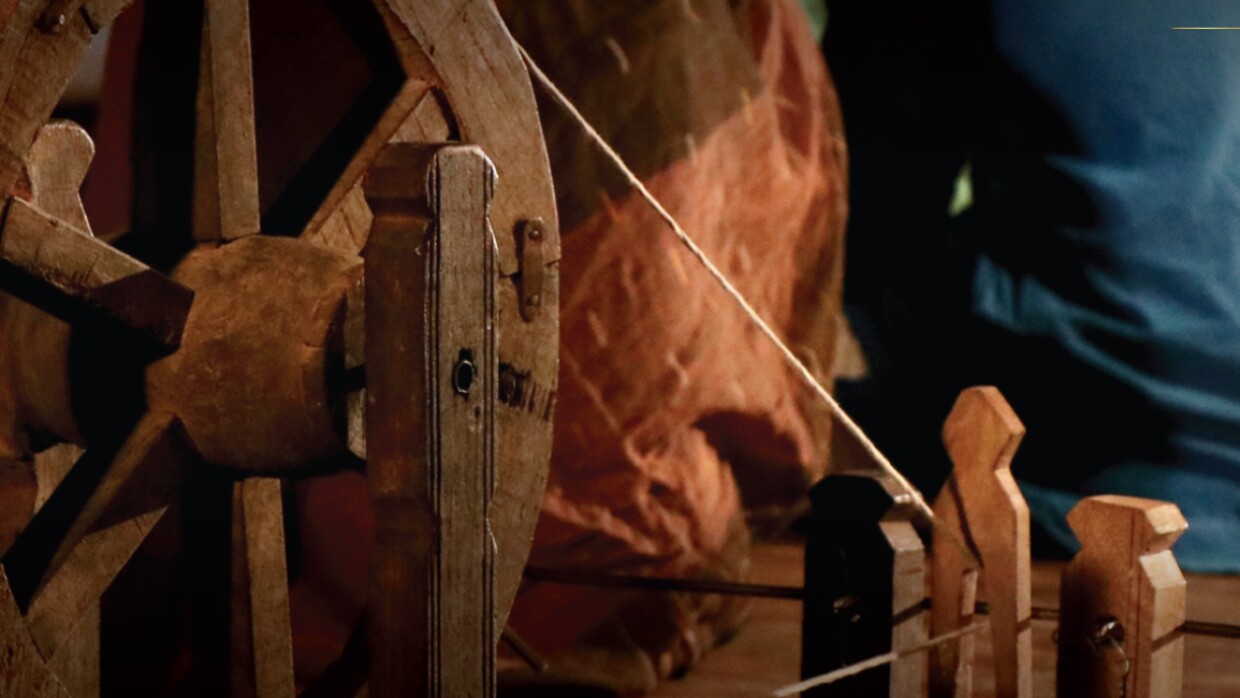Our problem being to form the future, we can only form it on the materials of the past; we must use our heredity, instead of denying it.” - T.S. Eliot

The tradition of handloom weaving has been at the heart of India’s cultural heritage for the last 5000 years. From Pashmina shawls of Kashmir, to Kanjeevaram Sarees of Tamil Nadu, the handloom sector in India links more than 31 lakh households that are engaged in weaving and allied activities. Being the largest economic activity in India after agriculture, the sector has played an active role in the upliftment of rural households engaged in this work. Craftsmen and artisans from the deepest corners of India are now finding it easier to access bigger markets, on both national and international fronts, with the advent of e-commerce technologies and increased internet penetration in India.
New path paved by technological innovation
Handloom has been a largely rural activity in India, with 88.7% weaver households located in rural India. For a long time, the reach of handloom products had been limited to the geographies where they are present. Lack of easy transportation to cities, inaccessibility to the right industry networks for marketing and the costs involved in inter-city selling prohibited local artisans and craftsmen from directly reaching customers and growing their businesses. Many a times, traditional craftsmen had to rely on seasonal trade fairs and exhibitions for sales, which were not enough to keep their businesses alive. However, the new path paved by technological innovation in online selling coupled with the increasing reach of internet has empowered the handloom industry like never before.

The e-retail boom lent India’s handloom sector a reviving hand, increasing in their reach and visibility pan-India.
The government’s push for the digital onboarding of MSMEs and a focus on the Make in India initiative put India’s handloom industry in the spotlight once again. The e-retail boom lent India’s handloom sector a reviving hand, increasing in their reach and visibility pan-India. E-commerce companies and the technologies they brought in had a big role to play in this revival. Not only did they take care of all logistical issues which had previously hampered the growth of this sector, but various initiatives have actively enabled growth of local artisans. They provided weavers and craftsmen of all sizes and scale easy access to a suite of offerings to help them expand their business. For traditional artisans, who practice their art from remote areas, such e-commerce services provided an avenue for them to grow regardless of their geographical locations. Moreover, the artisans and handloom businesses that come onboard e-commerce sites, not only witness an increase in profitability but also end up creating employment for other allied sectors involving pre-loom and post-loom activities.
Bringing in an element of profitability, stability to art forms
Traditional arts like embroidery, sculpting, weaving, tie & dye etc. are all sustainable business options for Indians today and e-commerce has had a big role to play here by bringing in an element of profitability and stability to these artforms. The government, realizing this potential is now willingly joining hands with private entities to enable the onboarding as many craftsmen as possible. The Amazon Karigar project, for instance, is in partnership with 13 government emporiums and 5 government bodies which are associated with a large network of artisans. Such public-private models that give a platform to exceptional craftsmen and artisans holding decades of traditional weaving expertise have been critical in safeguarding the interests of weavers, while enabling them to continue growing their art and making it sustainable.
By plugging themselves to the online retail world and learning market-relevant skills on the go, local artisans get an avenue to compete with national and international sellers.
Selling online has also brought with it other contemporary benefits for artisans like keeping them abreast with market trends, encouraging innovation and doing business in competitive markets to deliver the best products to consumers. By plugging themselves to the online retail world and learning market-relevant skills on the go, local artisans get an avenue to compete with national and international sellers. This upskilling is a key element catalyzing their business expansion and growth. The Ministry of Textiles also needs to applauded for its efforts. Under the leadership of Shri Piyush Goyal, there has been renewed impetus to promote domestic production and boost export sales.
Remembering our roots, empowering local artisans
The handloom sector and the lakhs of people involved in it have kept India’s traditions alive. In an increasingly globalized world, it’s imperative that we remember our roots, empower local artisans and ensure that their art reaches all corners of the world. Many artisans and craftsmen from across India were earlier witnessing a decline in sales and income with the growth of the powerloom (mechanized loom) sector. However, this trend was reversed by e-commerce. Not only has online retail given a new market to artisans, it has also benefitted consumers by providing them a variety of products that encourage the growth of India’s traditional art and crafts forms at the right price. India’s handloom sector is an integral cog in maintaining our cultural pride. We must make the right use of our heritage and empower those who keep it alive.











